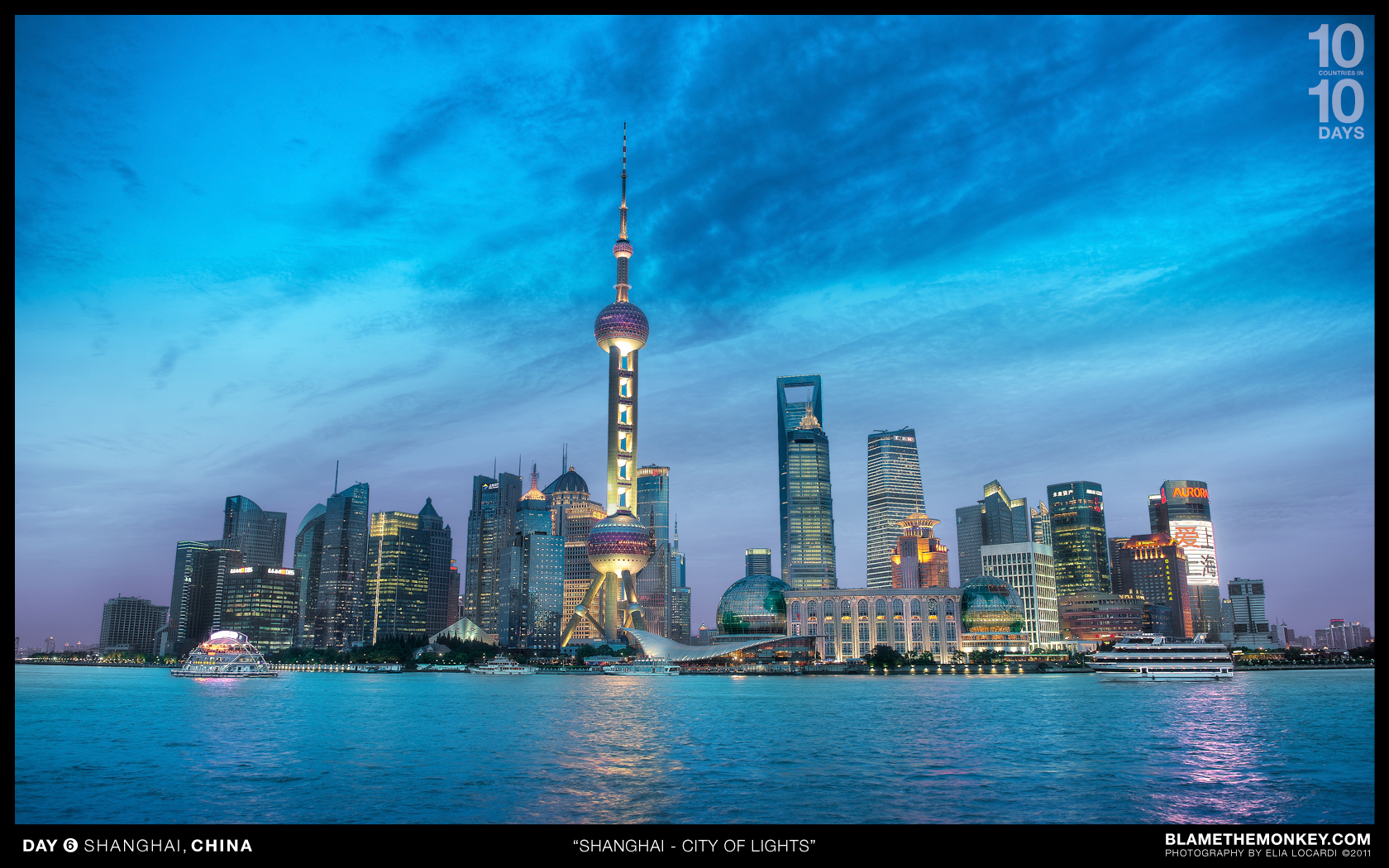

In the passage, the famous naturalist writer inverts his viewpoint to envision the lake hovering overhead so "you could walk right under it to the opposite hills." Xu has re-created that vision in the museum: the suspended lake takes the form of the very letters of Thoreau's passage. "The Glassy Surface of a Lake" (formerly titled "Net") is inspired by a passage in Henry David Thoreau's "Walden," a meditation on the profound purity of an utterly still lake. The towering new creation that cascades from the top of the Elvehjem's Paige Court is a celebration rather than a memorial. Medium: mixed media installation/ c ast aluminum ''Xu Bing and the Well of Truth.'' Exhibition Catalog, (La Gallera de Valencia, Spain: 2004). On the bottom of this well, in what was formerly the arena of the cockfights, Xu Bing has placed a covering of natural grass (uneven, worn, and parched in spots, ''to transmit the idea that nobody has entered into this space for a long, long time'') and on it lie the skeletons of fowls, both large and small, some intact, others partially intact with scattered bones, naturally placed, as if time and destiny had scattered them randomly. The public is then forced to go around the outside of this wall and go up to the second floor where it can, and only from here, contemplate the visual scene and spectacle happening on the inside of this kind of well formed by the wall of newspaper. The twelve arches that support the upper floors and flank the central lower space have been blocked off with ''bricks'' of newspapers - as if they were building bricks, irregular slabs of stone - cutting off both physical and visual access to the inside. ''The Well'' makes use of practically the whole of the ground floor of the venue ''La Gallera'' - a former arena built for cockfights which, after a period when it fell into disuse, was converted into an art gallery and is now a space for special projects of contemporary art. Location: Sala La Gallera, Valencia, Spain Medium: Mixed media installation This piece is the finishing touch to the entire Tobacco Project.

The sixth is a payment check for some works in Tobacco Project: Durham (a century-old prophecy) collected by a museum in the United States in August 2004. The fifth is the budget and payment stub for Xu Bing’s implementation of the Tobacco Design-1: Durham project in July 1998 when Duke University invited and funded Xu Bing. The fourth is the document that British American Tobacco Company transferred part of its profits in China to the United States to fund Trinity College (the predecessor of Duke University). The third is the record of British American Tobacco Company’s profit made in China from October 1918 to June 1919. The paper shows an astonishing number of cigarettes sold in Shanghai per month in October 1919. The second document is a British American Tobacco Company sales report in China. The first is a document on the investment and business activities of the British American Tobacco Company in China a hundred years ago. It consists of 6 texts related to tobacco. This piece is the least like an artwork in the entire Tobacco Project.


 0 kommentar(er)
0 kommentar(er)
